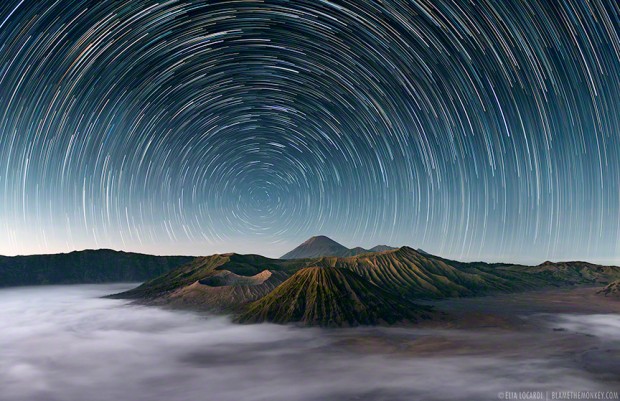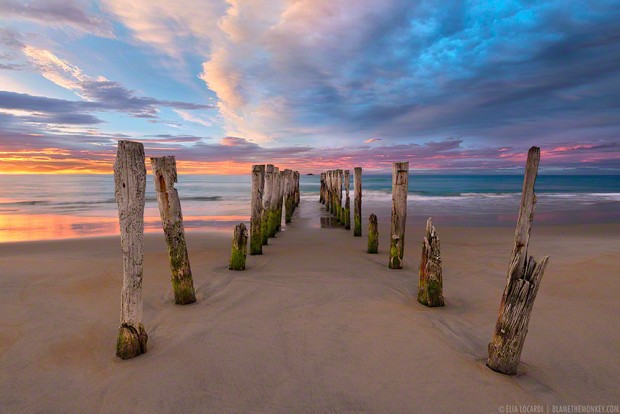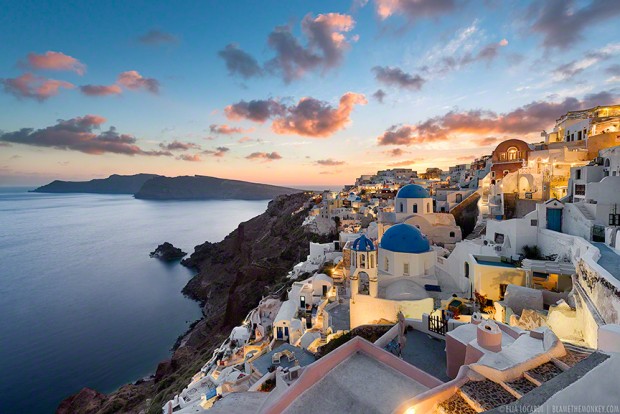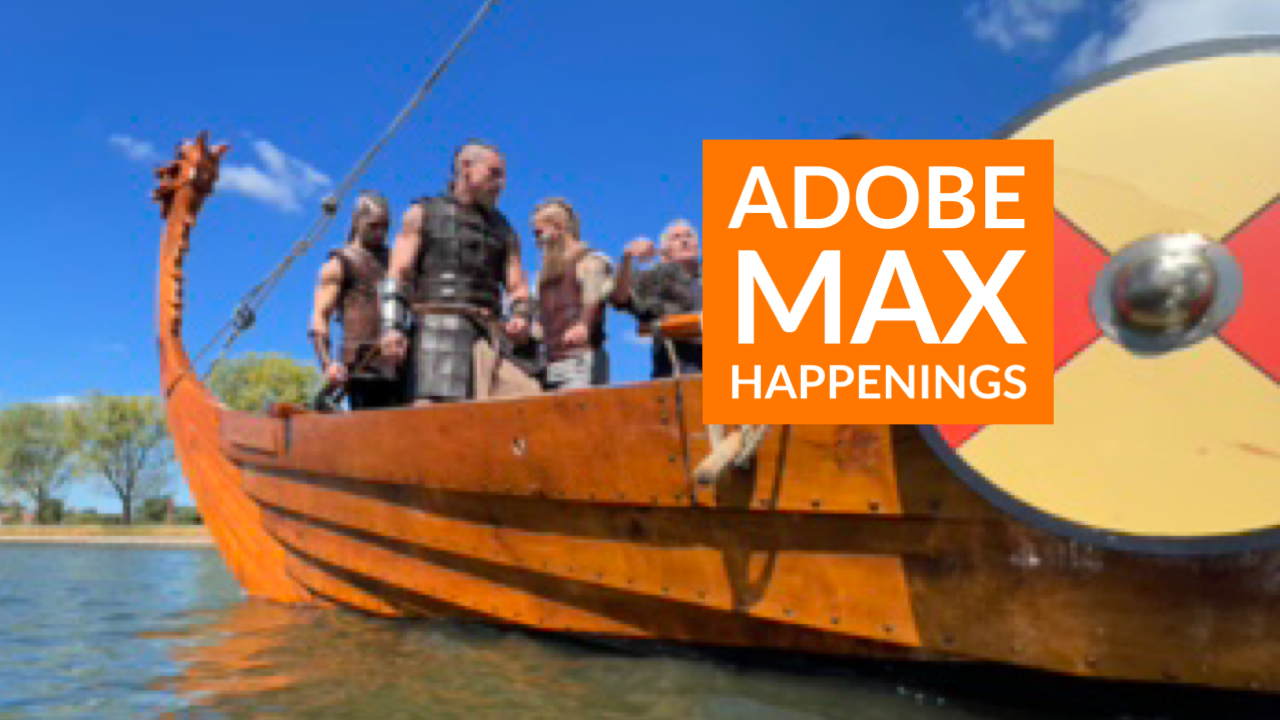Editor’s Note: With the Travel Photography Conference coming up soon, I wanted to re-share this 2014 post from instructor Elia Locardi! You can get more info about the conference and register at KelbyOneLive.com.
Each new year brings with it an opportunity to reflect on days gone by and look forward to the promise of the year ahead. If we’re lucky, life leads us in positive new directions we may not have expected and things unfold in ways we could never anticipate.
Since 2009, with a unique blend of inspiration, passion, caffeine and a touch of insomnia, my wife and I have visited more than 40 countries and flown over 1 million air miles. In March of 2012, we surrendered our apartment in central Florida (and most of our possessions with it) taking to the road full-time and becoming completely “Location Independent.” Our vision for our life is continually changing and evolving as our experiences, and the people we meet along the way, inspire us to visit new places and seek out new and richer experiences.
The Evolution of My Photography Style
Throughout my career in the post production and visual effects industry I always strived to bring something new and fresh to the table, something that would break the standard mold. I had the opportunity to work on many talented creative teams and bring unique visions for client projects to life. While that experience was invaluable, the accumulative stress of working long hours, under harsh deadlines, drove me to the brink. I knew that I wanted my life to go in a new direction – one fueled by passion and inspiration, focusing more on life experience, so I completely reassessed what was important. With a mix of anxiety and anticipation, I left my job as an Art Director and a decade long career in the industry along with it.
In 2009, when I decided that Professional Travel Photography would be my new career path, I knew that to be successful in such a competitive market I would have to attack the task of creating my portfolio with that same drive to create something new and fresh. I would need to find ways to raise the bar and make my photography stand out.
I was driven (my wife might say obsessed) to create a new look by experimenting with different post-processing techniques. With more than a decade of working experience in Adobe Photoshop, and a past rooted so heavily in software based production, I was able to completely reverse engineer my photography by implementing this accumulated technical knowledge.
In the very beginning my photography was 100% experimental. Primarily composed of my joyous exploration of the world around me, as I’d capture and catalogue subjects that I found most interesting and inspiring. Rapidly, I realized that I wanted to transmit my sincere feelings of awe and wonder to the audience viewing my work. Beyond that, I also wanted to create a “wow factor” a moment of meaningful impact that I could share with the viewer.
It was also important to me that a harmonious blend be struck, between the digital processing experience of my past, and the traditional photography techniques I was working to master. I wanted to push the boundaries of color, texture, and detail, while still allowing the true beauty of these extraordinary locations to speak for themselves.
Choosing Inspirational Travel Destinations
There seems to be no end to the rules, or suggestions, of what makes a photograph interesting, but a strong subject is certainly at the core. While subject matter varies greatly by photography genre, my work focuses on important and popular travel destinations across the globe. I specifically try to target the places that I find most inspiring and that I feel have the potential to create a strong and impactful photographic composition.
With travel photography, it’s also essential to figure out which subjects best represent the specific location. Whether this is a historic piece of architecture, a specific group of people, a cultural heritage, an ancient tradition, an event or festival, or even a unique portion of landscape, I work to find the subjects that best capture the essence of the location I’m photographing.
For example, when photographing Rome, strong subjects that come to mind would of course be The Colosseum, The Vatican, Trevi Fountain, and other beautiful ancient architecture or historical and archeological sights. On the other hand, when working in a country like Iceland, strong subjects would include any number of the epic waterfalls, geysers, glaciers, ice caves, landscapes or seascapes.
Once I identify the strongest (and most representative) subjects, I take the time to research and discover good vantage points for a strong composition, constantly challenging myself to find interesting angles and varying points of view. Deciding when to go is also important, and I give careful consideration to how the times of year and possible seasonal changes will affect the feeling of the scene.
I prefer to think that capturing a location is more about creating a scene than simply taking a photograph. Sometimes I go to great lengths to portray these places devoid of people and really place the viewer alone in these environments. In a way, my goal is to create a window into the scene that transports the viewer and allows them to visually explore the environment that I’ve created around them. I feel this not only forges a stronger and more personal connection but also a sense of discovery. I want people to have the same feelings of awe and wonder they had when standing in these places for the first time. Alternatively, if someone has never visited these places, I want my work to inspire them to travel and explore for themselves the beautiful world around them.
Using Lighting to Paint the Mood
In my opinion, the quality of light in a scene is the strongest factor when creating emotionally impactful photography. Whether it’s the the romantic Eiffel Tower in Paris, or the impressive archaeological site of Petra Jordan, I spend a lot of time considering what the best lighting scenarios will be for each subject and how to capture them.
Part of this is done with online research of these locations, with consideration going into both the lunar and solar positions. The other – and certainly more fun – side involves a total immersion in the environments that I’m photographing. I love spending as much time as possible in these places, enjoying the scenery, and ultimately gaining a better understanding of how to use the light to portray the subject in a meaningful way. This isn’t just for the photography, but also to feed my soul. Ultimately, I know that the more I come to appreciate and understand my environment, the better I’ll be able to capture and transmit some of those feelings to the viewer.
Golden Hours, Sunrises, and Sunsets
Often my photography relies on the light from the best parts of the day like Golden Hours, Sunrises and Sunsets. Shooting at these times is essential in landscape photography, because apart from the occasional distant glow of a nearby city or town, artificial light is typically nonexistent.
Slightly after sunrise and just before sunset, there is a period of time that photographers and videographers call golden hour (or magic hour). It’s the time when the sun is hanging low in the sky and casting a soft light with a golden characteristic, due to a slight atmospheric filtering, causing shadows to be nice and soft.
Sunrises and sunsets create a different feeling than golden hours, as the sun no longer casts direct lighting onto the scene. Instead, this light resolves into an overall glow or ambient cast as the colors from the sky reflect and mix with various surfaces in the scene. To me, sunrises and sunsets probably create the strongest and most romantic emotional impact because of the wide, and sometimes, surreal amount of vivid colors that blend together with the scene.
The Blue Hour
Blue hour is a span of twilight that occurs each morning and evening. Neither full daylight or complete darkness, it’s a stunning few moments of time where both natural and artificial light can blend together beautifully. Although, I love to capture the light from the beautiful effects of the rising or setting sun, I enjoy capturing the blue hours even more. While a beautiful sunset can invoke strong feelings of romanticism, I think a perfect blue hour can truly feel like a dream.
Throughout my years traveling, I’ve become more and more drawn to beautiful old European cities and Unesco World Heritage Sites. Areas where the structures of humans have blended with the earth and natural elements in an extraordinary fashion. From the seaside Italian villages of Cinque Terre, to ancient monasteries built into the sandstone spires of Meteora, these are the types of places that I’m most drawn as a photographer now. They’re also great examples of how blue hour can be the perfect span of time to capture the best blend of natural and artificial light.
Modern cities also work well during blue hour, due to the abundance of ambient light that remains in the sky. Unlike a scene in full darkness, during blue hour there’s still an optimum amount of color and details within the shadows of a scene.
Adding An Element of the Ethereal
It’s also in these late moments of twilight where we can begin to capture elements of a more ethereal nature, such as stars, galaxies, and of course the fascinating northern lights. For me, these elements stimulate my imagination and invoke feelings of awe and wonder, mingled with an admiration for how incredible our world truly is.
In my latest work, I’ve been experimenting with combining star trails with some of my favorite destinations in the world. In a way, I’m trying to create a dream within a dream, a place where fantasy can blend seamlessly with my favorite moments of reality. Though these techniques can require extensive post-processing, I try not to make the technical aspects the main focus of the scene. Rather, my goal is to let as much of the natural beauty shine through as possible and invoke a powerful and emotional reaction within the viewer.
You can see more of Elia’s work and find details about his upcoming workshops, photo tours & events at EliaLocardi.com or connect with him on Instagram, Facebook, and Twitter.






















